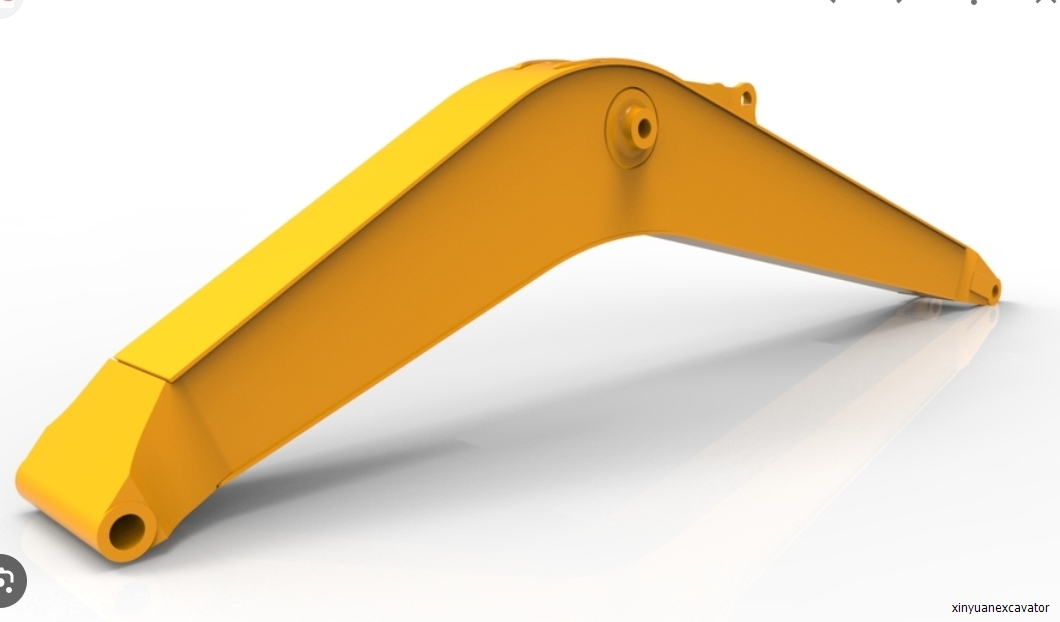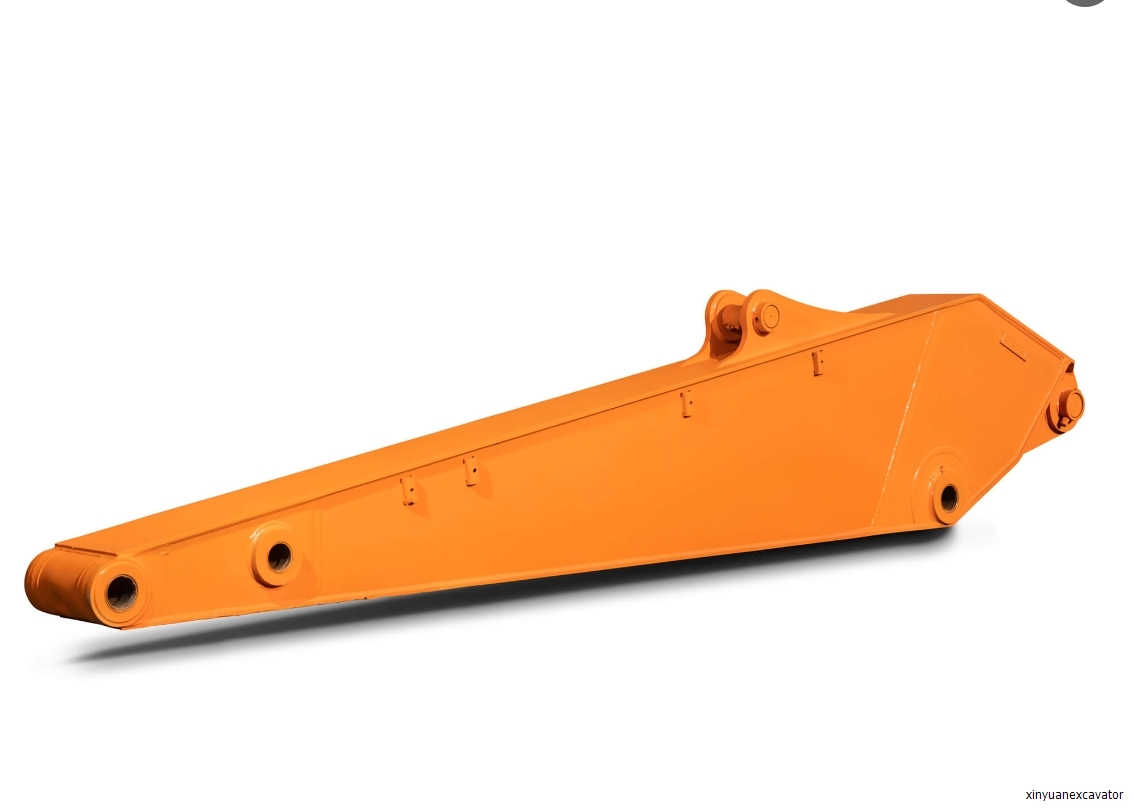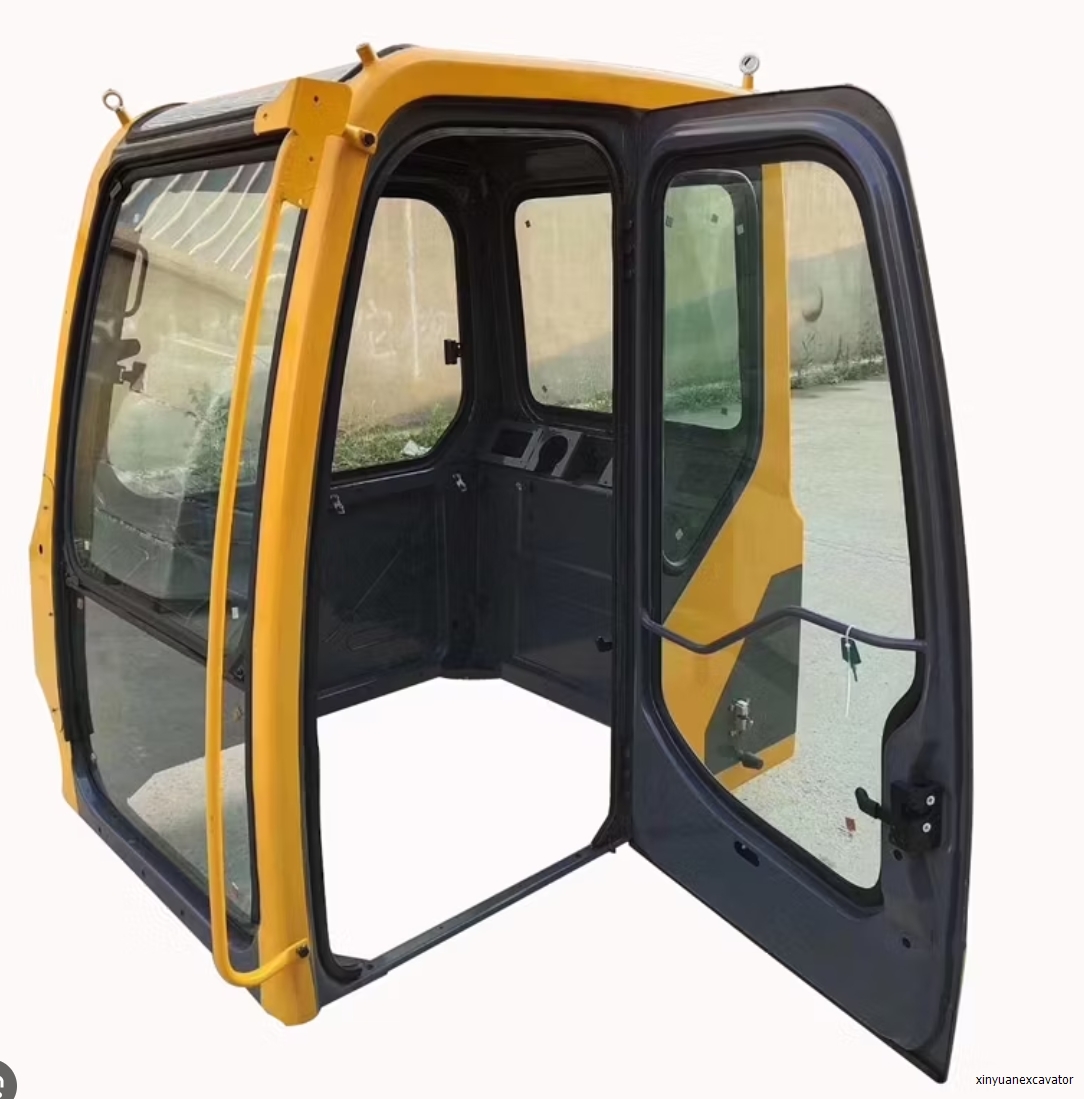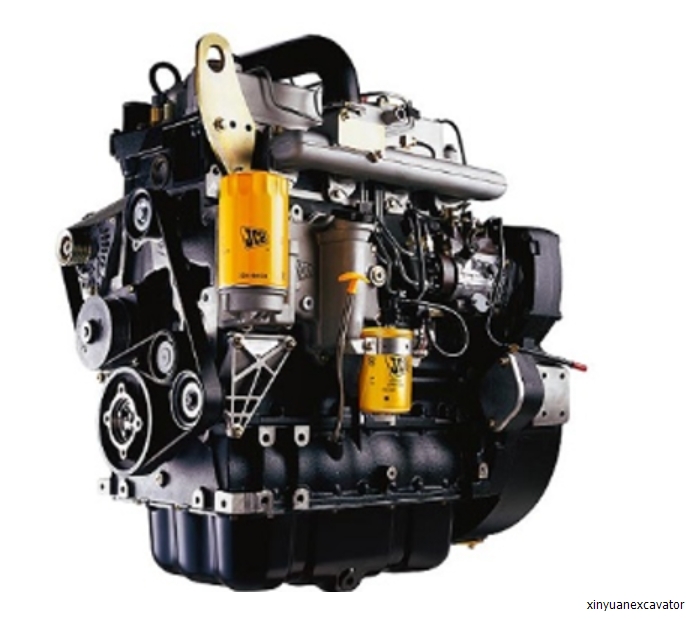what are the parts of an excavator?
2024-12-16
An excavator is a versatile heavy construction machine parts of Boom |Stick (Arm)|Bucket| Cab|Engine| Hydraulic System
An excavator is a versatile heavy construction machine used for digging, lifting, and other tasks. Its main parts include:
excavator Boom
The large, angled arm that extends from the excavator's body.
It provides the primary reach for digging and lifting.

excavator Stick (Arm)
Attached to the boom, it extends the reach and supports the bucket or other attachments.
Allows for finer control and precision.

excavator Bucket
The tool attached to the end of the stick, used for digging, scooping, and moving materials.
Comes in various shapes and sizes depending on the task.

excavator Cab
The operator's station, which is enclosed and mounted on the excavator's upper body.
Contains controls, seating, and sometimes climate control for operator comfort.

excavator Engine
Powers the hydraulic system and other functions.
Typically a diesel engine, located in the upper body of the machine.

excavator Hydraulic System
Includes pumps, hoses, and cylinders that power the boom, stick, bucket, and other attachments.
excavator Tracks or Wheels
Tracks: Continuous metal or rubber tracks provide stability and traction on rough terrain.
Wheels: Some excavators have tires instead of tracks for smoother surfaces.

excavator Undercarriage
Supports the entire machine and includes the tracks or wheels, track frame, and drive system.
Counterweight
A heavy weight at the back of the upper body to balance the excavator during operation.
Slew Ring and Motor
The slew ring allows the upper body to rotate 360 degrees.
The motor powers this rotation.
excavator excavator Blade (Optional)
Some excavators have a dozer blade on the undercarriage for grading and leveling.
excavator Attachments
Excavators can use various attachments, such as:
Hydraulic breakers (for demolition)
Augers (for drilling)
Grapples(for material handling)
Thumbs (for gripping objects)
excavator Control Systems
Modern excavators may include advanced control systems, such as GPS or telematics, for precision and monitoring.





